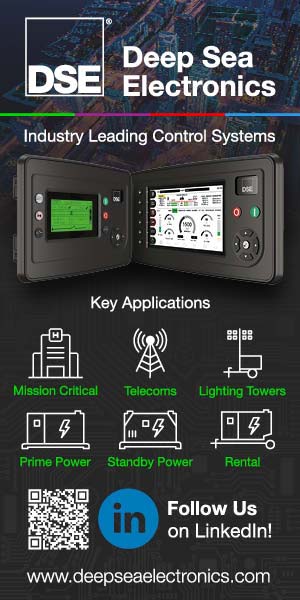During the commissioning of substation automation systems (SAS) with protection, automation and control (PAC), traditionally the focus of testing is on the protection system and its settings
Protection testing uses established methods such as parameter testing per IED or new approaches like system?based testing. Standardisation and proper testing tools dramatically increase the efficiency and reliability of protection testing.
When looking at the time spent during commissioning, testing the automation and communication system nowadays consumes even more time than testing the protection. Automation systems have become increasingly complex and the efforts for testing communication and the proper operation of all signals transmitted to Supervisory Control and Data Acquisition (SCADA) systems have grown dramatically.
A new and innovative approach, implemented in StationScout, offers a way out of this dilemma in all phases of the life cycle of modern SAS. By utilising the capabilities of the IEC 61850 engineering process and the data available in substation configuration description (SCD) files, it is possible to introduce new and more efficient methods for factory acceptance testing (FAT) and site acceptance testing (SAT). One of its essential functionalities is to simulate a SAS at any stage, for example, to test the communication during the installation phase when some IEDs are not yet implemented.
System under test
Within a SAS, the messages are transferred from their source to all receivers. If any error occurs during this communication, the commissioning engineers need to follow the signal on its way through the SAS.
StationScout visualises the entire SAS using all the information available in the SCD file. This also covers the information in the substation section such as voltage level and bay, etc. Furthermore, it visualises all links and allows engineers to view how signals propagate through the SAS. To reduce complexity, filters focus the display on the relevant elements. Additionally, StationScout recognises the names of the respective elements in their data model, detects their purpose and visualises them accordingly. These names could be adapted, for instance, into the local language.
Cybersecurity is very important when connecting a universal software-based test system, such as a laptop, directly to a SAS. That?s why OMICRON has implemented a firewall system to the MBX1 that separates the testing system from the critical environment. This unique testing solution consists of software and hardware. While the software offers a toolbox for the different tasks, the use of a dedicated test set (MBX1) instead of just another PC software opens up a number of advantages to the test engineer.
Stand No: H2.D20



























